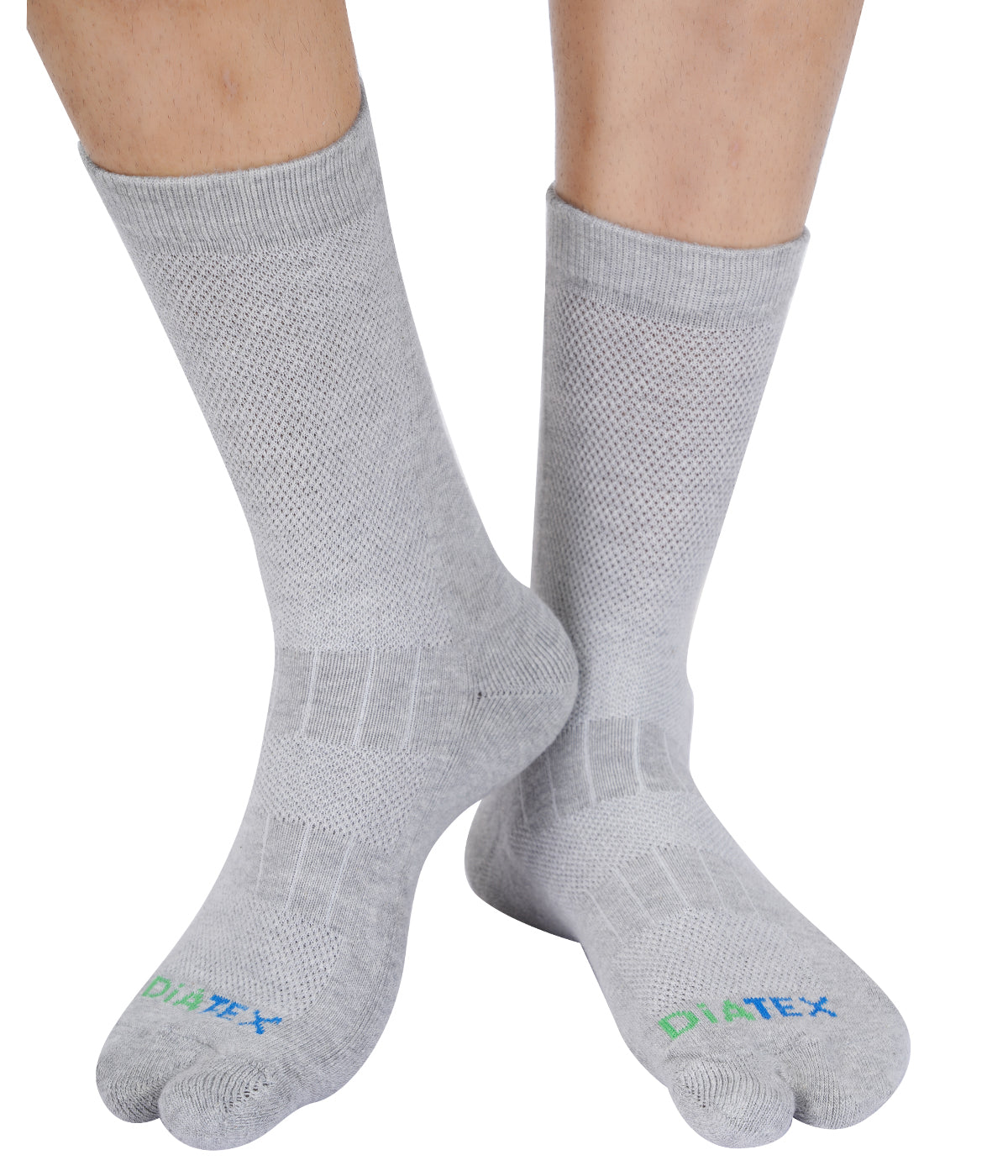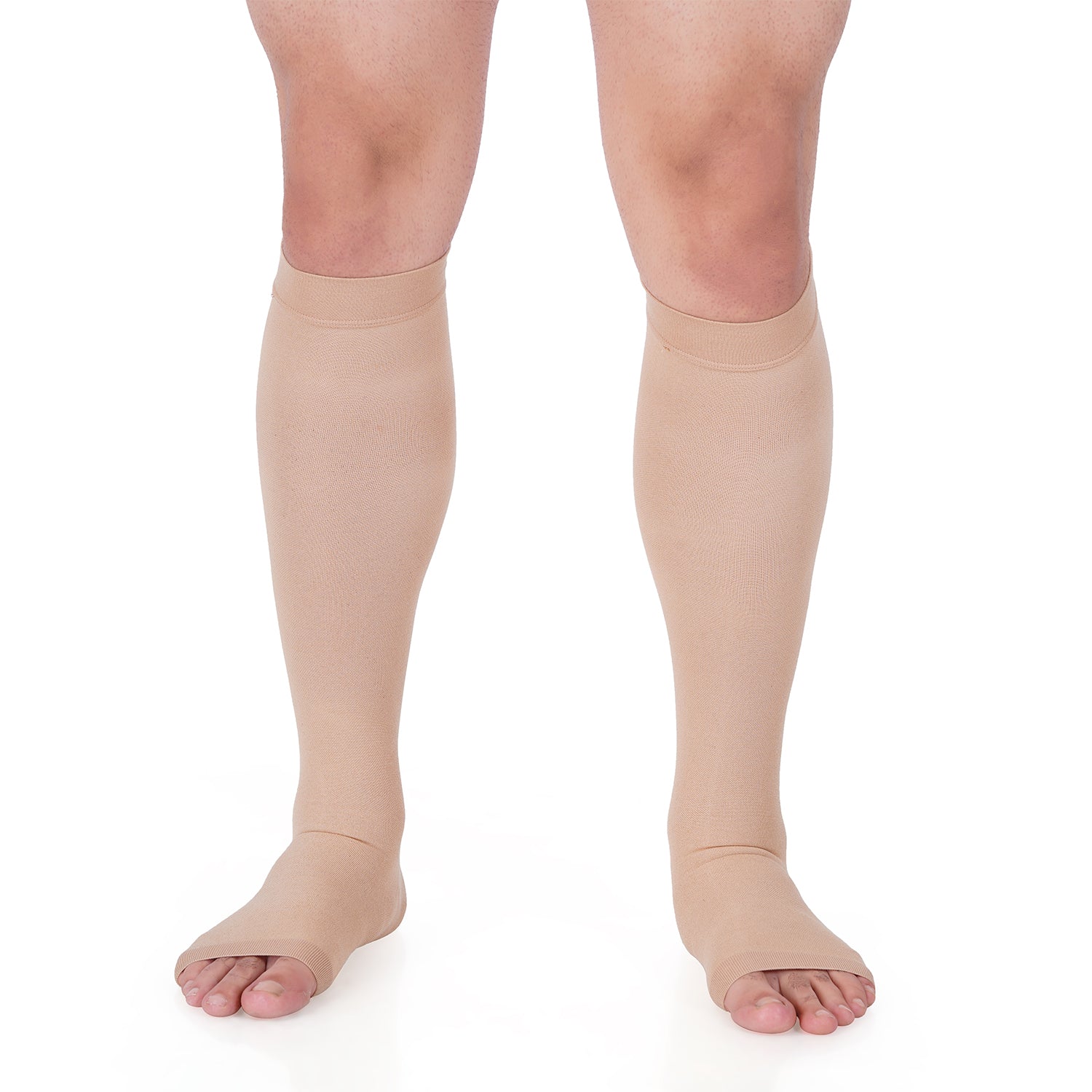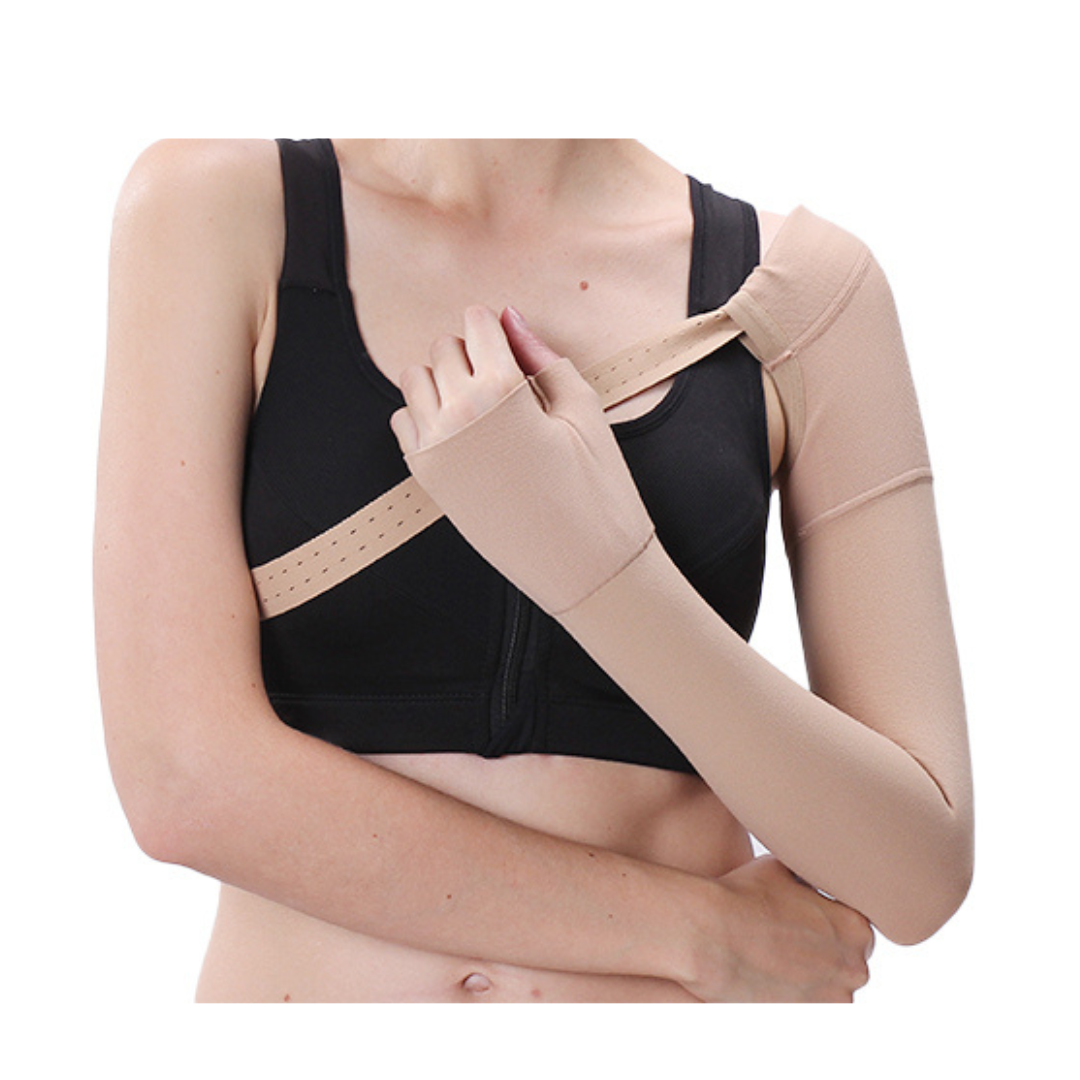Living with diabetes can be challenging, and it often comes with complications, including vascular issues. However, there's a vital tool that can significantly aid in managing diabetes and promoting vascular health: compression therapy. In this article, we'll explore what compression therapy is, how it works, and its numerous benefits for individuals dealing with diabetes and vascular conditions.
Understanding Compression Therapy
What is Compression Therapy?
Compression therapy is a non-invasive medical technique that involves wearing specially designed garments to apply pressure to specific areas of the body, typically the legs and feet. The primary goal of compression therapy is to improve blood flow and circulation, which can be especially beneficial for individuals with diabetes and vascular issues.
How Does Compression Therapy Work?
The compression garments exert gentle pressure on the limbs, gradually decreasing from the ankles upward. This graduated pressure assists the veins in transporting blood back to the heart more efficiently. By doing so, it reduces the pooling of blood in the lower extremities, alleviating swelling and discomfort.
The Connection Between Diabetes and Vascular Health
Diabetes and Circulatory Problems
Diabetes can lead to various circulatory problems, primarily due to high blood sugar levels damaging blood vessels over time. This damage can impede blood flow, leading to complications like peripheral artery disease (PAD) and diabetic neuropathy.
Impact on Vascular Health
When left unmanaged, diabetes can significantly impact vascular health, increasing the risk of blood clots, deep vein thrombosis (DVT), and varicose veins. Proper circulation is crucial for preventing these conditions and maintaining overall well-being.
How Compression Therapy Helps Diabetes Management
Enhancing Blood Circulation
Compression therapy improves blood circulation by facilitating the return of blood to the heart. By wearing compression garments regularly, individuals can reduce the strain on their cardiovascular system and minimize the risk of developing circulatory problems.
Reducing Swelling and Edema
One of the common complications of diabetes is edema, which is the buildup of fluid in the tissues, often in the legs and feet. Compression therapy aids in reducing swelling and promoting fluid drainage, providing relief and comfort to individuals dealing with edema.
Advantages of Compression Therapy for Vascular Health
Preventing Blood Clots
Compression therapy is an effective method to prevent blood clots, especially for individuals who may be immobile or have a history of DVT. The compression garments exert pressure on the veins, discouraging blood from pooling and clot formation.
Managing Varicose Veins
Varicose veins are a common vascular issue that can cause discomfort and affect the quality of life. Compression therapy can help manage and alleviate the symptoms of varicose veins by enhancing blood flow and reducing swelling.
Choosing the Right Compression Garments
Types of Compression Garments
Compression garments come in various types, including socks, stockings, sleeves, and bandages. The choice of garment depends on the individual's specific needs and the recommendations of their healthcare provider.
Finding the Perfect Fit
Properly fitted compression garments are crucial for the effectiveness of the therapy. It's essential to consult with a medical professional to determine the right size and pressure level required for individual circumstances.
Tips for Using Compression Therapy Effectively
Follow Your Doctor's Recommendations
Before starting compression therapy, individuals should consult their healthcare provider to receive personalized recommendations based on their medical history and condition.
Regularity and Consistency
To experience the full benefits of compression therapy, it's essential to use the garments regularly and consistently as directed by the healthcare professional.
Addressing Concerns and Common Misconceptions
Is Compression Therapy Painful?
When used correctly, compression therapy should not cause pain. However, improper use or poorly fitted garments may lead to discomfort. Seeking guidance from a healthcare professional can help address any issues.
Can Everyone Use Compression Garments?
While compression therapy is generally safe, it may not be suitable for individuals with certain conditions such as advanced peripheral artery disease or congestive heart failure. Consulting a doctor is crucial to ensure its appropriateness.
The Importance of Physical Activity for Diabetics
Combining Exercise and Compression Therapy
Engaging in regular physical activity is highly beneficial for individuals with diabetes. When combined with compression therapy, exercise can further enhance circulation and contribute to overall well-being.
Compression Therapy and Wound Healing
Promoting Healing of Diabetic Ulcers
Compression therapy can aid in the healing of diabetic ulcers by improving blood flow to the affected area, helping to reduce the risk of infection and speed up the healing process.
Post-Surgical Recovery
After vascular surgeries, compression garments can assist in the recovery process by reducing swelling and promoting healing.
Caring for Compression Garments
Proper Cleaning and Maintenance
To ensure the longevity and effectiveness of compression garments, it's crucial to follow the manufacturer's guidelines for cleaning and maintenance.
Potential Side Effects of Compression Therapy
Identifying Complications
While compression therapy is generally safe, it may cause side effects like skin irritation or pressure sores in some individuals. Recognizing and addressing these issues promptly is essential.
When to Consult a Doctor
If anyone experiences severe discomfort, pain, or any concerning symptoms while using compression garments, it's crucial to seek medical advice promptly.
Understanding the Role of Diet in Vascular Health
Nutrition Tips for Diabetics
Maintaining a well-balanced diet is essential for managing diabetes and promoting vascular health. A












